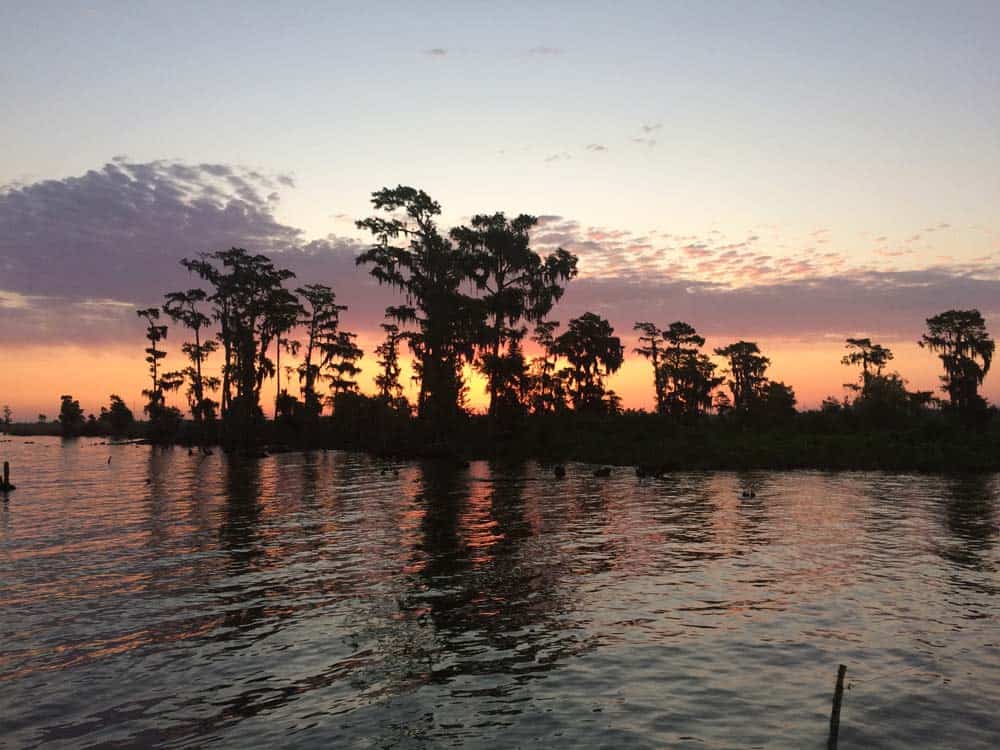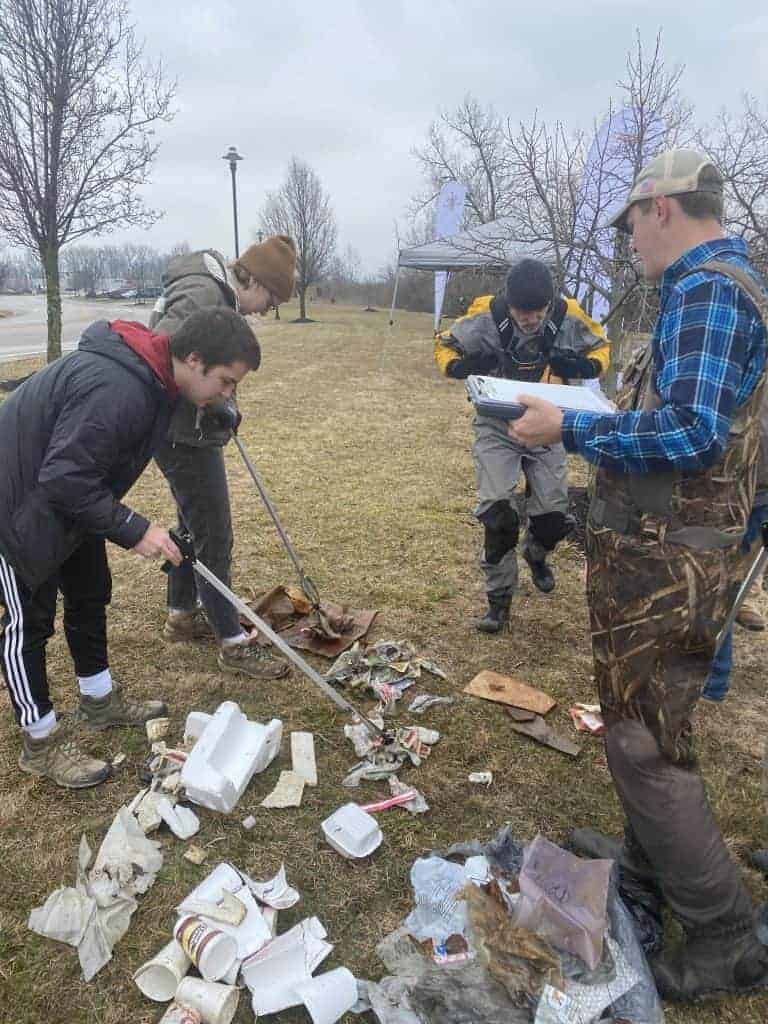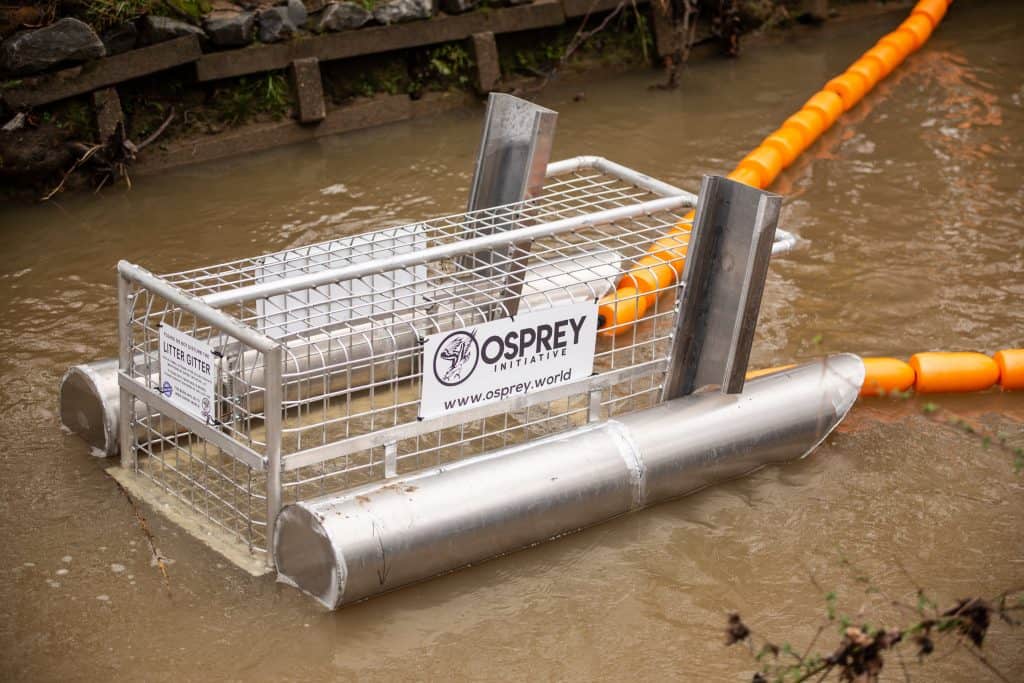
WHERE IT BEGINS
The lush backdrop of Louisiana swamplands is where it all began. Osprey’s owner and founder Don Bates grew up exploring the drainage ditches of Hammond, LA with his brother, Kiley, in pursuit of crawfish, minnows, frogs, turtles, and amphiumas. You could often find Don and Kiley roaming the land at the Bates family camp in Manchac, LA, where they had free reign to anywhere their hip boots or pirogues could take them.
Nature was practically the family business—their grandfather was a state and federal game warden and several family members are commercial fisherman, conservationists, and swampers. This deep appreciation for the environment was the beginning of the foundation for Osprey Initiative.


